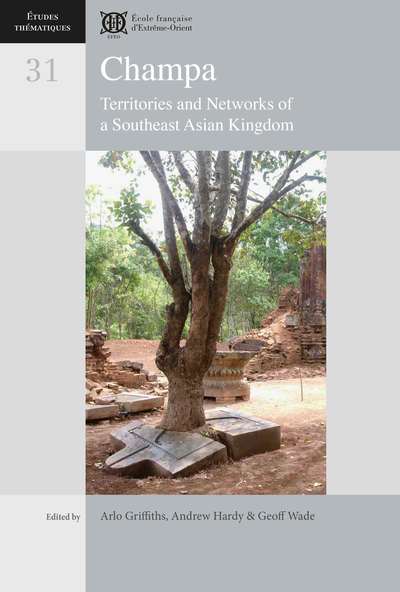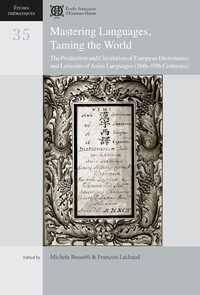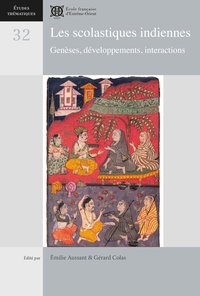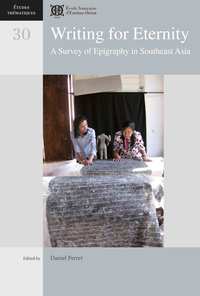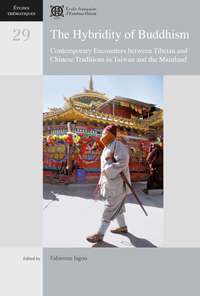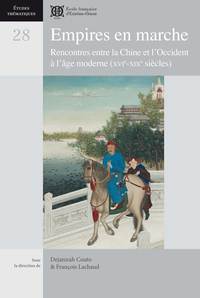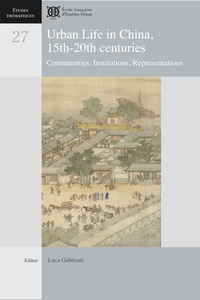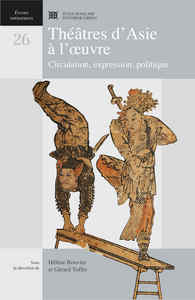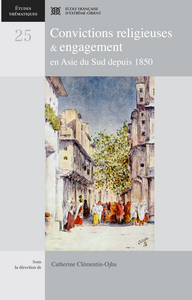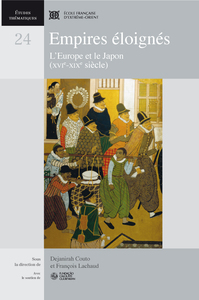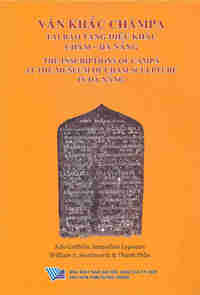Nous utilisons des cookies pour améliorer votre expérience. Pour nous conformer à la nouvelle directive sur la vie privée, nous devons demander votre consentement à l’utilisation de ces cookies. En savoir plus.
CHAMPA: TERRITORIES AND NETWORKS OF A SOUTHEAST ASIAN KINGDOM
Efeo - EAN : 9782855392691
Édition papier
EAN : 9782855392691
Paru le : 5 sept. 2019
40,00 €
37,91 €
Disponible
Pour connaître votre prix et commander, identifiez-vous
Notre engagement qualité
-
 Livraison gratuite
Livraison gratuite
en France sans minimum
de commande -
 Manquants maintenus
Manquants maintenus
en commande
automatiquement -
 Un interlocuteur
Un interlocuteur
unique pour toutes
vos commandes -
 Toutes les licences
Toutes les licences
numériques du marché
au tarif éditeur -
 Assistance téléphonique
Assistance téléphonique
personalisée sur le
numérique -
 Service client
Service client
Du Lundi au vendredi
de 9h à 18h
- EAN13 : 9782855392691
- Réf. éditeur : ET 31
- Collection : ET. THEMATIQUES
- Editeur : Efeo
- Date Parution : 5 sept. 2019
- Disponibilite : Disponible
- Barème de remise : NS
- Nombre de pages : 448
- Format : 2.50 x 18.50 x 27.50 cm
- Poids : 1.3kg
- Interdit de retour : Retour interdit
-
Résumé :
In the past quarter century, Champa scholarship has been seeking ways out of the interpretative framework inherited from Georges Maspero’s Le royaume de Champa, which portrayed Champa as a unitary king-dom of provinces ruled by “absolute” kings. Scholars have since been working to revise this portrait, to de-velop new thinking about the way the kingdom and its territories were structured, and also to critique Mas-pero’s decision to end his history of Champa with the 1471 capture of the Chà Bàn citadel and fall of Vijaya. Much new data has been produced in recent decades, thanks especially to the access to Champa field sites enjoyed since the 1990s by international scholars under Vietnam’s open door policy, and to the resources for research and discussion now available to Vietnamese scholars. Several long-term joint projects have, more-over, brought Vietnamese and overseas expertise to bear on archaeological sites or collections of docu-ments related to Champa.
The production of knowledge about Champa is thus thriving. The result is an incremental, multi-disciplinary mosaic of information on Champa’s past. Some of this scholarship was published in two recent volumes: Champa and the Archaeology of My Son (Hardy et al. 2009) and The Cham of Vietnam (Tran Ky Phuong & Lockhart 2011). The present volume stands in the same tradition, as a book of ground-breaking data that contributes to the renewal of Cham-pa studies.
As these data are gradually sorted, new patterns that transform our understanding of Champa are be-coming discernible. One of the most striking pertains to maps. This book offers a new framework for gen-eral discussion of Champa’s space, and several new maps that amount to a template for cartographical rep-resentations of the kingdom and its territories at spe-cific historical moments. Another contribution of this volume is the publication of new data that yield ground-breaking insights into the nature of Champa’s presence in the highlands.
Part I of the book focuses on the territories that constituted Champa, making use of data from recent excavations, archaeological and ethnographic surveys, inscriptions, and Cham-language manuscripts from the post-1471 period.
In Part II, we turn to Champa as a kingdom, using data from epigraphy and Vietnamese chronicles, but also from architectural-archaeological study of a royal temple foundation at My Son. Three authors present new data and analysis of the Champa kingdom in the 15th century, grappling with the issue of the king-dom’s tendency toward fragmentation and eventual decline.
Part III focusses on the regional connectedness of Champa. These include diplomatic and cultural ex-changes with China and India, artistic and trading rela-tions with mainland Southeast Asian countries, and language links with the Malay World.

